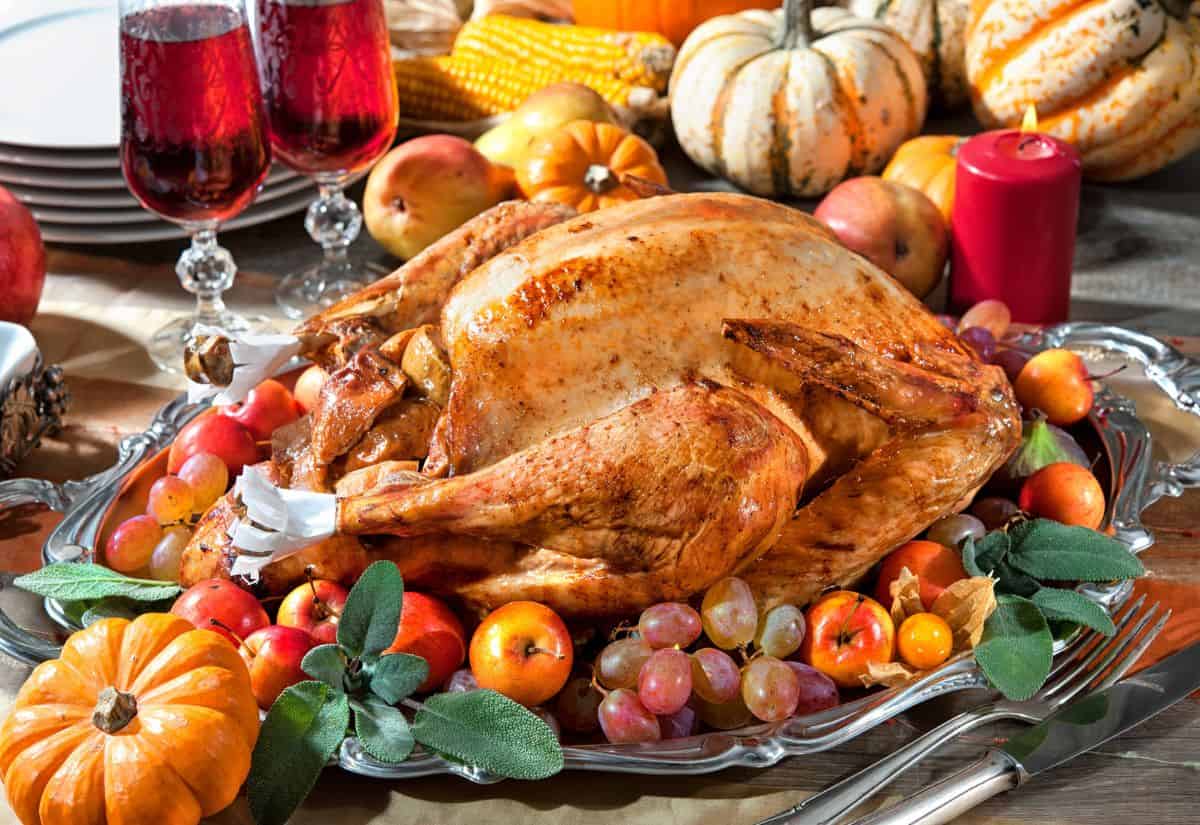The most expensive part of Thanksgiving may already be sitting in your fridge. Turkey prices jumped 22.65% heading into this year’s holiday season, and producers brought fewer birds to market. National Leftovers Day, which falls on Nov. 28, the Friday after Thanksgiving, now looks less like a cute social media holiday and more like a plan to stretch one meal across several days.

In 2025, many families may find they can’t afford to throw the meat away. With higher prices and tighter budgets, now’s the time to learn the tricks to maximize that leftover turkey into new dishes.
Turkey prices drive the urgency
Turkey sits at the center of the financial pressure this season. The U.S. Department of Agriculture says wholesale frozen whole hen turkeys will average about $1.32 per pound in 2025. USDA put that number at around 94 cents last year. That is close to a 40% jump, according to USDA data and American Farm Bureau Federation analysis.
Producers say they aim to supply fewer birds, about 195 million in 2025. That falls 3% below 2024 and about 36% below the mid-1990s peak of 303 million turkeys.
USDA economists calculate U.S. turkey output at roughly 2.33 billion pounds in the first half of 2025, down 9.7% from the first half of 2024. They blame disease outbreaks and a tighter production pipeline.
Bird flu and other poultry diseases continue to hit flocks
The poultry industry continues to fight highly pathogenic avian influenza, or HPAI. The virus continues to spread through commercial barns. Growers reported over 600,000 affected turkeys in September, much of that in Minnesota, one of the country’s top turkey-producing states. Since 2022, state and federal trackers have counted about 18.7 million affected turkeys nationwide, including more than 2.2 million birds in 2025.
Turkey growers also blame avian metapneumovirus, or AMPV, a fast-spreading respiratory virus that swept through breeder flocks in 2024 and cut egg production. The National Turkey Federation estimates AMPV affected 60-80% of turkey flocks last year.
The virus usually doesn’t wipe out barns the way bird flu does. It slows the arrival of replacement birds and tightens supply, which translates to higher prices and fewer fresh turkey options.
Leftovers now sit in the household budget
Thanksgiving in the United States celebrates abundance, with large turkeys and many side dishes. In 2025, this abundance may feel expensive. But by turning Thanksgiving leftovers into Saturday dinner and Sunday lunch, you can avoid making a second grocery run for full-price meat and also limit your food waste.
Food waste now feels personal. ReFED, a national nonprofit that tracks waste in the U.S. food system, says household waste makes up a large share of national food-loss costs. ReFED estimates the cost of uneaten food in American homes at hundreds of billions of dollars a year, including food people buy, cook and never eat.
This Thanksgiving, families can treat National Leftovers Day like meal prep. Instead of just making cold turkey sandwiches, they’re cooking a second meal, like turkey cranberry pinwheel wraps, from food they’ve already paid for. Another common dish is a leftover turkey pot pie. The dish uses cooked turkey, mixed vegetables and pantry staples to build another dinner.
Safe handling of leftovers protects money and health
The USDA and the Centers for Disease Control and Prevention recommend that home cooks refrigerate or freeze cooked turkey, stuffing, potatoes, gravy and other hot dishes within two hours of serving. They urge people to carve large pieces of meat and store leftovers in shallow containers so the food cools quickly.
Cooked turkey and most prepared sides can be kept in the fridge for three to four days. Gravy and stuffing should be used within one to two days. It’s also recommended to reheat leftovers to an internal temperature of 165 degrees Fahrenheit. After four days in the refrigerator, or if the food smells off or looks off, the USDA says to throw it out.
Many people say they still leave food on the counter to cool, but USDA experts explain this habit increases the risk of bacterial growth and urge families to refrigerate or freeze leftovers, even if the food still feels warm.
Home cooks plan ahead to freeze leftovers
More home cooks now intentionally portion and freeze leftover poultry, including turkey. They carve the meat, split it into 1-pound or 1-cup packs, seal and label each pack, then freeze it for future dinners. This simple meal prep method helps save money and streamline meal planning.
Use leftover turkey in recipes that normally call for cooked chicken. Dice dark meat and toss it into fried rice with frozen vegetables and pantry soy sauce. Shred breast meat and stir it into barbecue sauce for sandwiches or sliders. Cube or slice cooked turkey, then roll it into tortillas with lettuce and salsa for a quick wrap, or add it to your favorite cranberry kale salad recipe.
“When I have a lot of leftover turkey, I get my vacuum sealer out and make 1-pound portions for the freezer,” says Michelle Goth, the brains behind the popular food blog Blackberry Babe. Goth adds it’s easy to swap the 1-pound turkey portions for any recipes that usually call for shredded chicken. These include dishes like fried rice, casseroles or barbecue sandwiches.
Thin the last spoonfuls of gravy with milk and pour it over potatoes or noodles as a simple sauce. Then simmer the bones and pan drippings with onion ends, celery leaves and carrot peels to make stock for soup. These steps turn one costly holiday main into several no-shopping meals in the days after Thanksgiving.
Poultry prices gobble up food budgets
Turkeys are now more expensive, producers plan to send fewer birds to stores and poultry diseases keep hitting flocks. Furthermore, households that heat with electricity face higher winter power bills.
National Leftovers Day sits in the middle of all the commotion. The day no longer reads like a joke about cold stuffing; it reads like a plan. Families now turn leftovers into another round of dinners, try to keep food out of the trash and pull a few more meals out of one of the most expensive grocery items they will buy all year.
Sarita Harbour is a food, finance and lifestyle writer. She created Recipes From Leftovers to help people make delicious meals while saving money and reducing food waste.
The post Pricey poultry prompts practical tips for National Leftovers Day appeared first on Food Drink Life.


